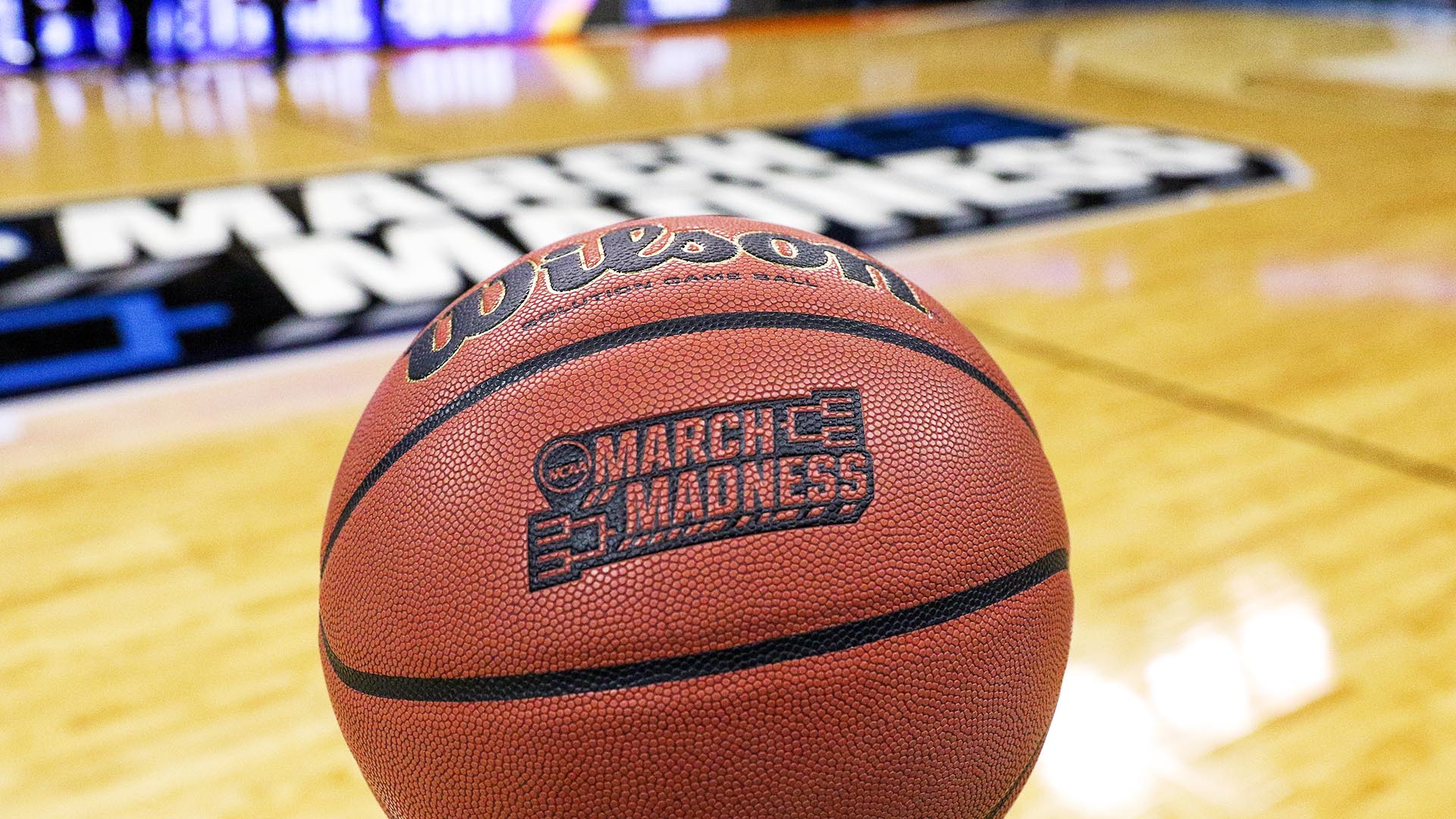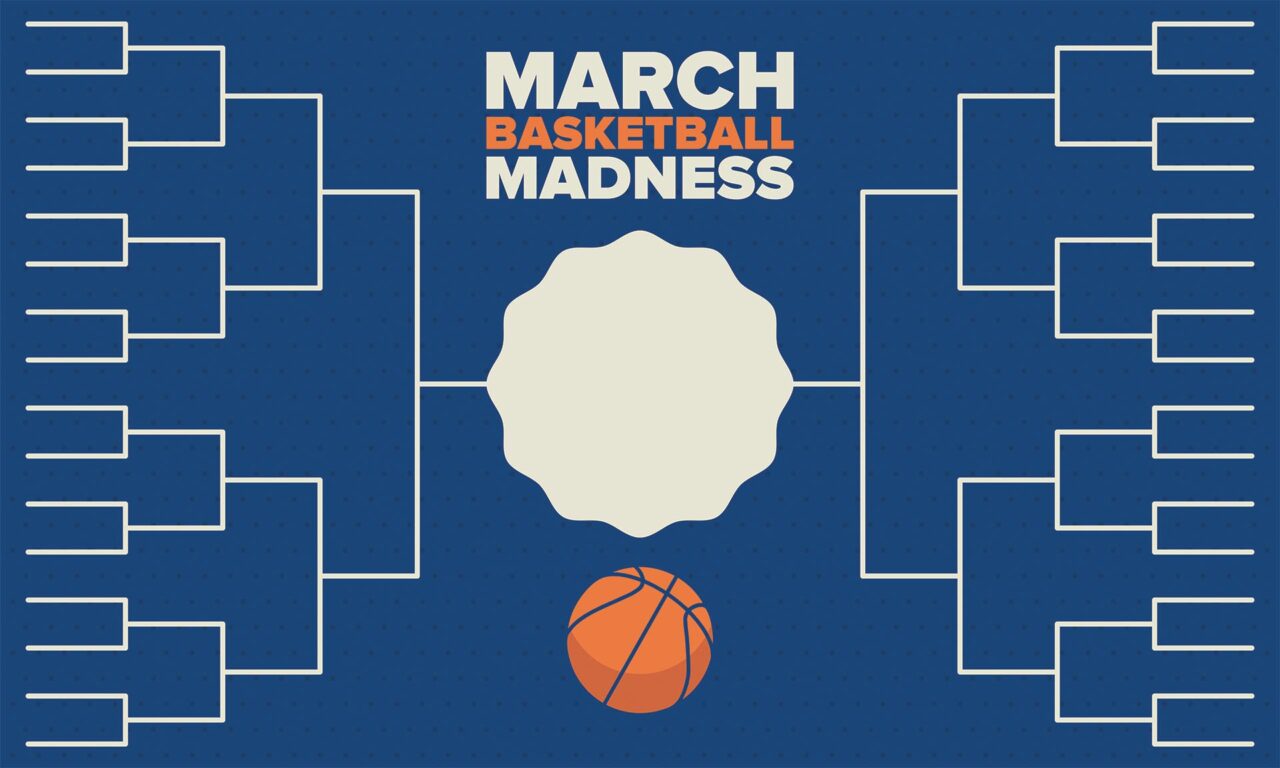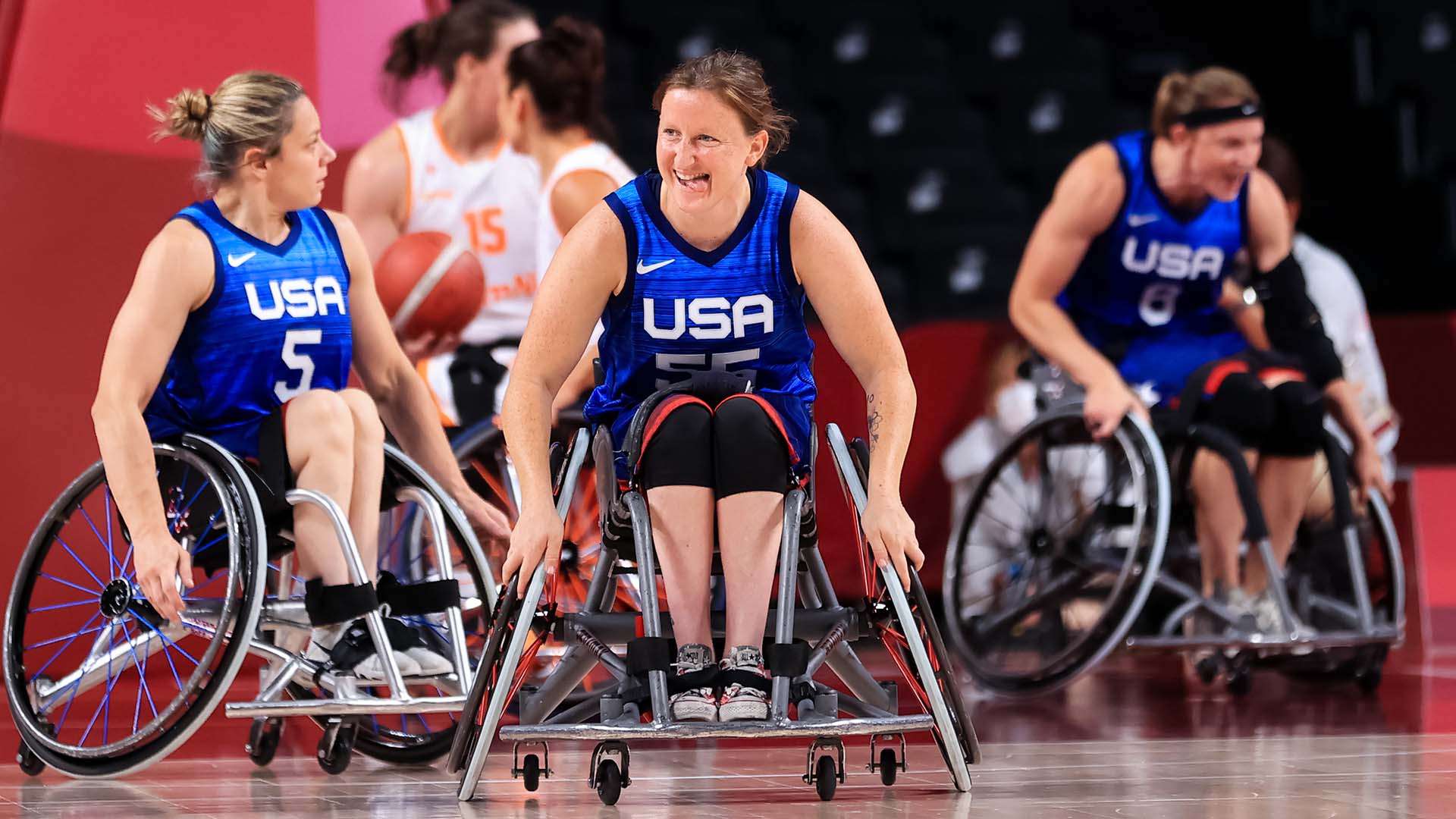The novice’s guide to a successful March Madness
Our expert provides some tips to help nudge the odds a little in your favor this year.

Last year, a record-breaking 56.3 million U.S. adults filled out a bracket during the NCAA Men’s Basketball Tournament, also known as March Madness.
As the latest Tournament approaches, thousands of Americans, most of whom did not watch hundreds of hours of college basketball this year, are already fretting about proving a total bust in their office or friend-circle bracket pool.
But while bracketology is a famously fraught process — the odds of picking a perfect bracket are one in 120.2 billion — not all is lost.
Besides being a basketball fan, Ben Dyhr, Ph.D., professor of Mathematics and Statistics at Metropolitan State University of Denver, has particular expertise in probability theory. Use his tips to build a stronger bracket, no matter how slight your basketball knowledge.
Select your Final Four and work backward.
It can be easy for bracket novices to become overwhelmed by the sheer volume of games and choices. So I recommend choosing your Final Four teams first and then building out backward. This method makes sense because it automatically fixes the outcomes of 12 preceding games, reducing the overall number of games you need to pick. As for which four teams to select, I’d say be fairly conservative, since history shows the odds are against low-seeded teams reaching that stage. But then again, upsets and unpredictability are defining elements of this Tournament.
RELATED: Is Denver a good fit for WNBA expansion?
Do multiple drafts of your bracket.
Got your bracket document in front of you? Good. Now, make a few copies and start playing around with different ideas and concepts. Brainstorm a little; try out variations to see which one feels most true to you. So many people spend hours sitting and agonizing over their one single true entry. You’re much better getting out a pencil and scribbling down lots of potential options until the picture becomes clearer. This is exactly the advice I always give to my math students, and it applies equally to March Madness.

Remember: Game locations can be important.
You can sometimes gain an extra advantage by looking at where games are being held. While none of these NCAA teams is technically playing at home, some of them will be playing closer to their home base — sometimes much closer — than their opponents. And if the University of Texas at Austin, say, happens to be playing an out-of-state team in San Antonio, then that’s basically a guaranteed home crowd and a big built-in advantage. This factor isn’t something that shows up in team performance stats or won-lost records, of course. But you can argue that a team’s probability of success increases significantly once there’s a warm crowd behind them.
Beware of dismissing big teams that are having a bad year.
Bigger programs with a solid history of winning (such as Duke or UConn) might be worth getting behind even in down years, when they haven’t necessarily been highly seeded. Historically, results show that such programs tend to outperform low expectations simply because they have a deeper bench and better resources. Even when ranked low, they basically have a built-in institutional advantage, and so it’s often worth giving them the benefit of the doubt.
Get behind teams with a solid defense.
Defense counts for a lot in the modern NCAA game, so it’s worth taking a few moments to check one of the numerous online charts ranking each team’s defensive efficiency. If you’re deciding between two broadly comparable teams, I’d say always go for the one with the stronger defense. The famous NFL mantra states that offense wins games; defense wins championships, but I think that’s true for any major team sport these days. Throughout March Madness, the winning team needs to win six games in a row to be victorious, and there’s no way that happens without a shutout defense.
Watch out for significant player injuries.
Injuries count in this competition, where a single missing star player can have an outsize impact on their team’s chances of success. College basketball is not like the deep-benched NBA. Because NCAA rosters are much smaller, the starting-level talent can thin out surprisingly quickly. And when smaller programs lose a couple of their best players, there’s generally not a whole lot waiting behind them. Take my team: the University of Arizona Wildcats. They currently have seven active players on their roster — that’s just two available substitutes in a high-impact sport where injuries are a constant worry.
Those First Four teams might be pretty good.
The First Four are basically wild-card teams that need to play in an initial elimination round to gain their place in the Tournament. Most people disparage them, but I generally like these teams’ prospects to outperform their lowly seed status precisely because, yes, they had to win a game to even get in there. Such teams often have a great fighting spirit, and mathematically, there could be an innate strategic advantage to starting the Tournament already holding a winning record. Besides that, a chip on the shoulder can be a powerful thing.
P.S. Be aware that the completely sports-avoidant person in your bracket pool who makes their selections based purely on preferred jersey color or team mascot will probably win.






